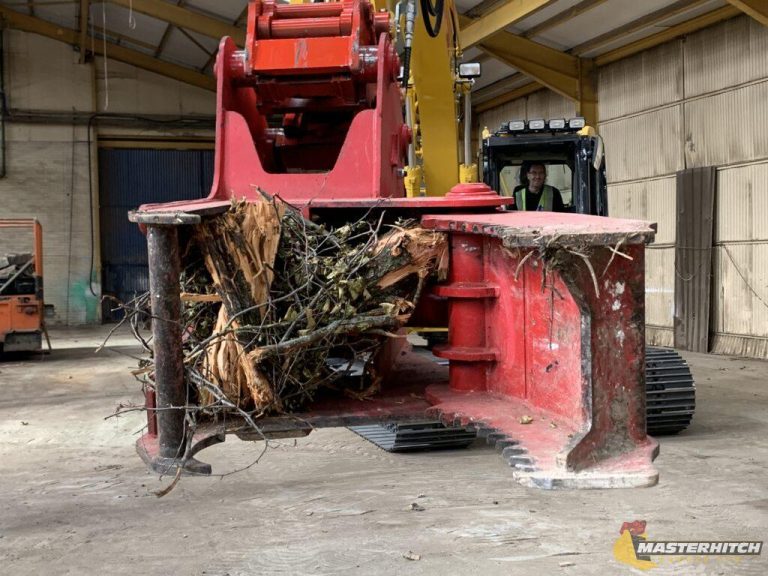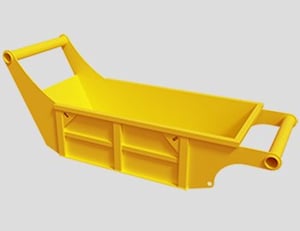Walk-Behind vs. Ride-On Power Trowels
A power trowel is an essential piece of equipment for concrete finishing jobs. These machines smooth, level and polish concrete surfaces for a quality finish.
There are two kinds of power trowels — walk-behind and ride-on. Depending on the work you’re doing, one type may be better suited to the job than the other. Knowing the key power trowel differences can help you determine which is best for your needs.
How Do Power Trowels Work?
Power trowels flatten concrete through a floating and finishing process. The first step is to "float" wet concrete by removing humps and filling valleys while compacting the material at the same time. The second step is to create a smooth, hard skin by burnishing the top of the slab. During this second pass, the trowel must move perpendicular to the first pass to ensure the concrete is level.
What Is a Walk-Behind Power Trowel?
A walk-behind power trowel is operated from the back of the machine. The operator guides the power trowel from behind, using the handle to steer. The machine’s gearbox and spider assembly connect to a single rotor, which typically has three or four blades and spins like a fan when the engine is on. Walk-behind power trowels usually range from 24 to 48 inches in diameter.
When to Use a Walk-Behind Power Trowel
Walk-behind power trowels are ideal for jobs that are less than 5,000 square feet. Because walk-behind trowels are smaller than ride-on models, they are also better for use in tight spaces. Walk-behind trowels are especially useful for flattening concrete around columns, pipes, doors and other obstacles. They are an excellent choice for work on residential basements, floors and small commercial projects.
Walk-behind power trowels are much more affordable than ride-on power trowels, making them more accessible to contractors and small businesses. They also offer better portability between job sites and on and off slabs.
What Is a Ride-On Power Trowel?
A ride-on power trowel has two counter-rotating rotors, typically with four or five blades on each rotor. The operator sits in a chair situated between these two rotors and uses two steering levers, one on each side of the chair, to move the machine.
When to Use a Ride-On Power Trowel
If you want to cover more ground faster, a ride-on power trowel is the best choice. It can be as much as four to five times faster than a walk-behind model. Ride-on power trowels also have more horsepower and better contact pressure, providing a more tightly packed skin. With these capabilities, ride-on power trowels are best suited to commercial operations.
It’s also common to see both types of power trowels used on large jobs, with ride-on trowels in open areas and walk-behind trowels in tight spaces for maximum efficiency.
Contact The Cat® Rental Store for Power Trowel Rentals
Our dealers have high-quality walk-behind and ride-on power trowel rentals to meet all your needs. Give us a call at 1-800-RENT-CAT to request a rental quote or browse our selection online.
Find The Cat Rental Store Near You



